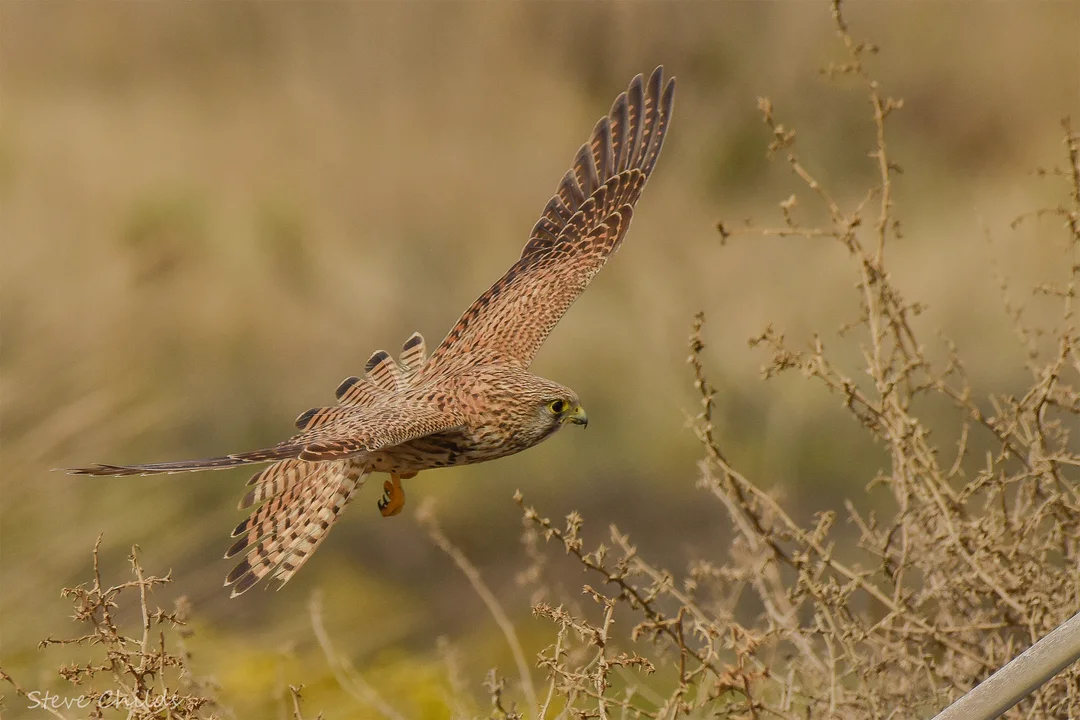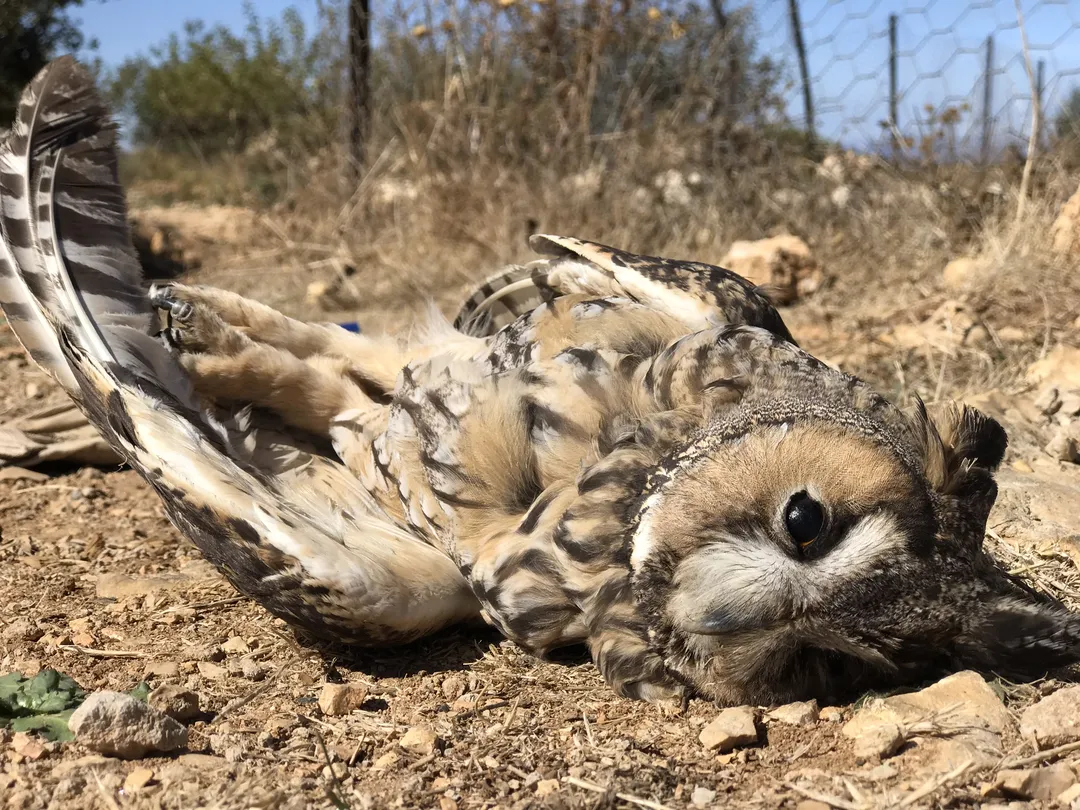
The Dark Side of Migration: Mass Bird Slaughter in Lebanon
Every spring and autumn, millions of migratory birds traverse Lebanon, part of the vital African-Eurasian flyway. However, this stunning avian spectacle is marred by a grim reality: illegal hunting poses a catastrophic threat to these species, with new data revealing that an estimated 2.6 million birds are slaughtered annually in the country.
A groundbreaking study conducted by ornithologists utilized social media to unveil the stark extent of this massacre, revealing that 94% of the hunted birds are legally protected species, yet poachers flaunt their kills with little fear of consequence. Conservationists attribute this alarming trend to weak law enforcement and the allure of gaining digital fame through social media.

Over the last twelve years, the study assessed over 1,800 social media posts, exposing nearly 30,000 illegally hunted birds across 212 species. Among them, many are endangered or threatened globally, including the majestic Egyptian vulture and the striking white stork. Ornithologist Andre Raine emphasized, "You can go to mountaintops and find yourself wading through dead birds. It's staggering."”
Social media platforms have inadvertently become a showcase for poachers, with hunters displaying their kills to garner likes and attention. Raine eloquently describes this phenomenon as a “macho thing,” where the desire for recognition leads to indiscriminate slaughter. The alarming aspect is that such trophies are not merely for consumption but are often paraded online, thus glorifying the act of hunting.

Amid the chaos, the Lebanese Association for Migratory Birds (LAMB) plays a critical role in combatting this crisis. Ornithologist Michel Sawan dedicates his time to rescuing injured birds and raising awareness of the impending threats. Unfortunately, the struggle is an uphill battle as the penalties for poaching remain minimal and the enforcement measures lack strength.
As we contemplate the implications of this study, it’s evident that urgent action is necessary. Raine concludes, “This is just the tip of the iceberg; it reflects a broader crisis faced by migratory birds worldwide. Conservation efforts must extend beyond borders.”
Bird enthusiasts and conservationists must unite to halt this growing menace. What can we, as global citizens, do to address the illegal hunting epidemic? Your thoughts and comments are encouraged below!

It’s imperative that we foster dialogue around this pressing issue to safeguard the future of our migratory avian friends.